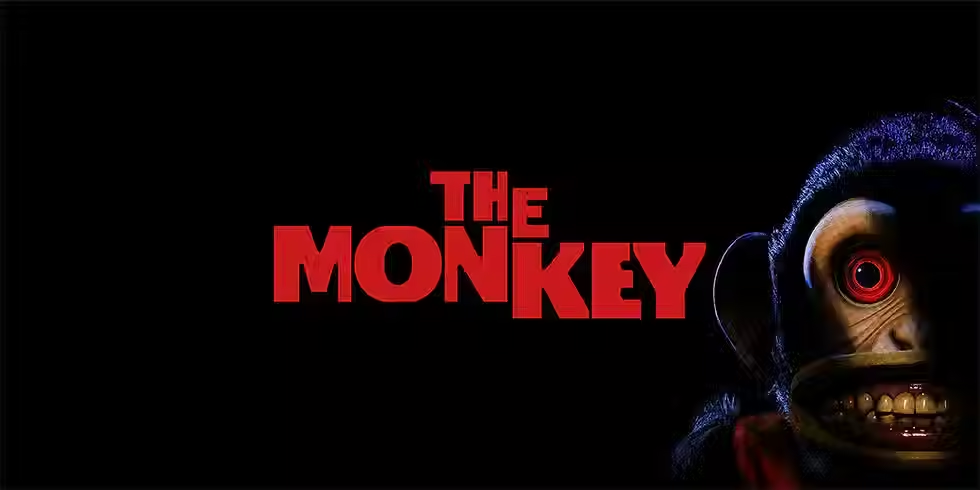The Godfather vs. Scarface: A Tale of Two Chairs & Two Legacies
- Tavia Millward
- Oct 31, 2024
- 3 min read
In the realm of cinematic mobsters, two iconic films stand apart: The Godfather (1972) and Scarface (1983). Both explore power, ambition, and the pursuit of success—but from radically different perspectives. Interestingly, the chairs in these films serve as more than mere props; they encapsulate the essence of their protagonists' journeys.

Directed by Francis Ford Coppola, The Godfather tells a tale of family, loyalty, and power through the Corleone dynasty. At the heart of Vito Corleone’s influence is his office chair—a throne symbolising control and patience. Vito's deliberate presence in this chair reflects not only his authority but also the burden of leadership.
Michael Corleone's evolution from a reluctant outsider to a powerful yet isolated leader is poignantly mirrored in his relationship with that same chair. His shifting posture reflects a gradual transformation—where sitting in that chair increasingly represents a lonely, weighty responsibility.

Brian De Palma’s Scarface tells a vastly different story—one of ambition and decadence. Tony Montana’s black-and-gold chair embodies the flashy lifestyle he builds. He lounges in it with arrogance, indulging in the moment’s power. Yet, this chair becomes a metaphor for a fleeting empire built on excess and instability.
While Michael grows uneasy with power, Tony embraces it recklessly. But like his empire, the gaudy chair teeters on the brink of collapse, capturing the inevitable downfall that comes from unchecked ambition.

In both films, the chair is a symbol of power—though with contrasting meanings. Vito’s chair in The Godfather represents stability, tradition, and reflection. Tony’s chair, however, symbolises ambition, materialism, and fragility. These subtle visual cues underscore the characters' opposing journeys—one rooted in legacy, the other in hubris.

Coppola’s careful use of lighting and shadows creates a sombre, operatic mood in The Godfather, reflecting the weight of family and duty. De Palma, in contrast, uses vibrant colours and frenetic camera work to match Tony’s chaotic rise. Both directors use the chair scenes to highlight their protagonists' emotional arcs, whether in quiet contemplation or grandiose defiance.
Ultimately, The Godfather and Scarface offer distinct takes on the quest for power. The Godfather is a slow-burn study of responsibility, sacrifice, and legacy, while Scarface is an energetic cautionary tale of ambition and excess.
The chairs in these films encapsulate these narratives perfectly—one a throne of endurance, the other a precarious seat of extravagance. Both remind us that power, however it manifests, demands a price.
Which throne resonates with you—the solemn, shadowed seat of the Don or the glitzy, unstable chair of the kingpin? Let us know in the comments!
Behind the Scenes
The "Behind the Scenes" section offers practical filmmaking insights, focusing on how props, set design, visual composition, and score contribute to the theme, mood, character development, and filmmaking as a whole.

For filmmakers and film students, the use of chairs in The Godfather and Scarface provides a masterclass in visual storytelling. Production design can serve as an extension of character development, helping audiences subconsciously connect with the protagonist’s journey. Coppola used Vito’s chair to convey themes of legacy, stability, and the burden of leadership, while De Palma's vibrant set design emphasised Tony Montana’s hubris and excess.
A carefully chosen piece of furniture, such as a chair, isn't just a functional piece—it can embody themes, reinforce a character's internal struggles, and set the tone of a scene. Directors use this approach to enrich storytelling, showing that seemingly simple details, when used thoughtfully, can have a profound narrative impact.



Comments